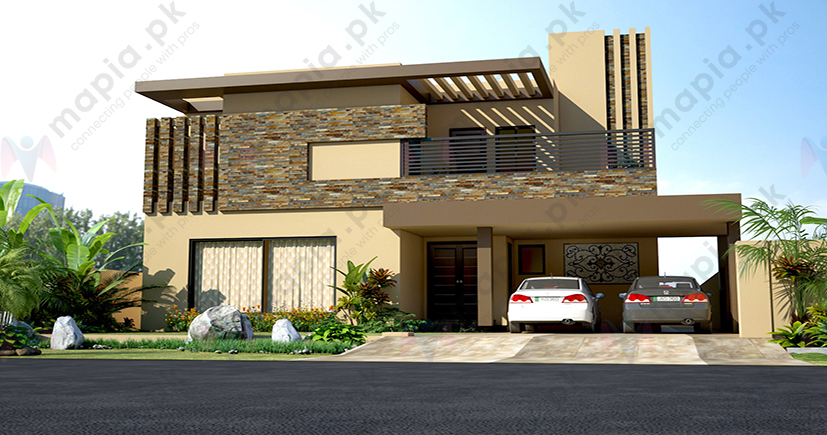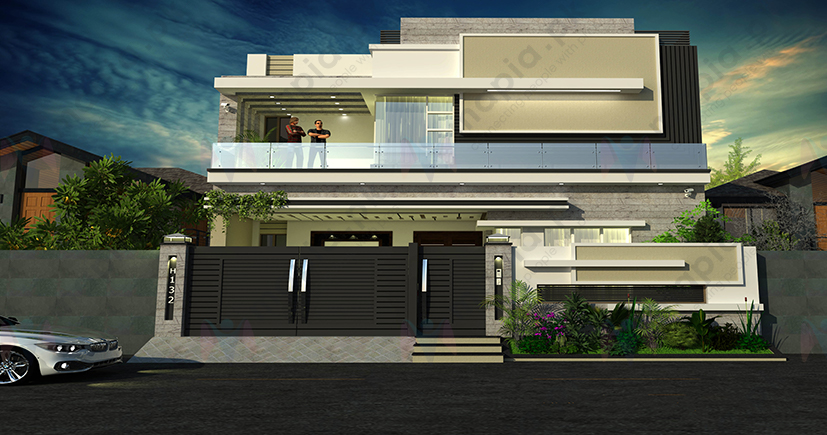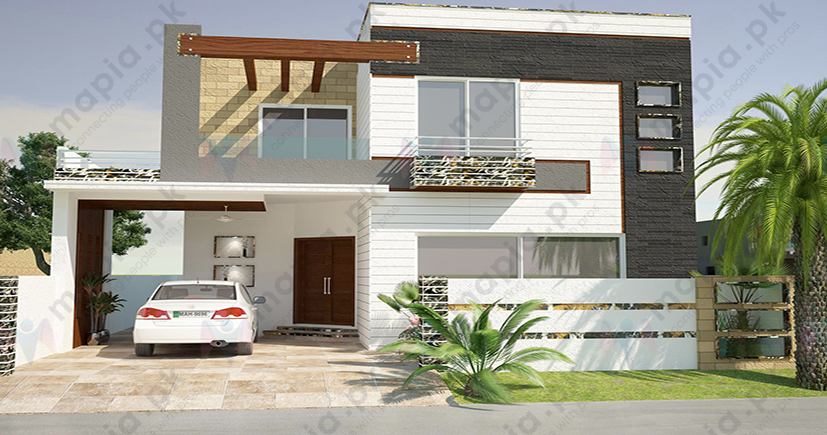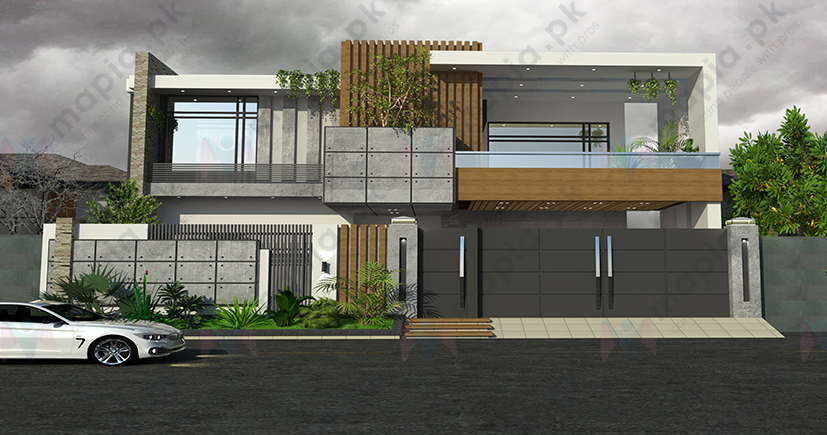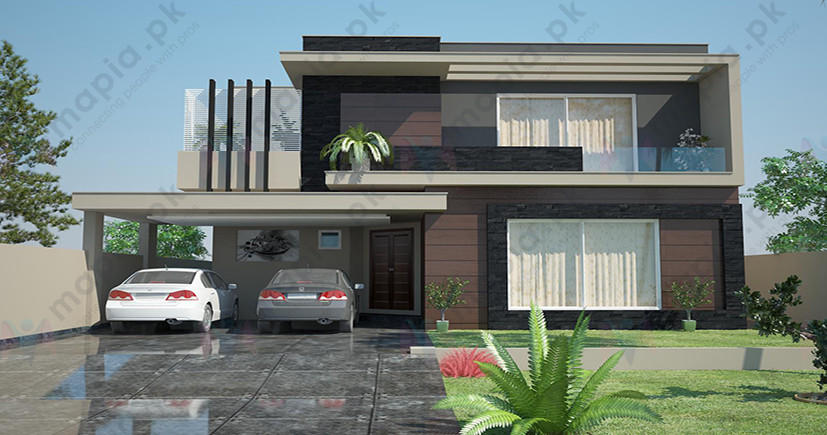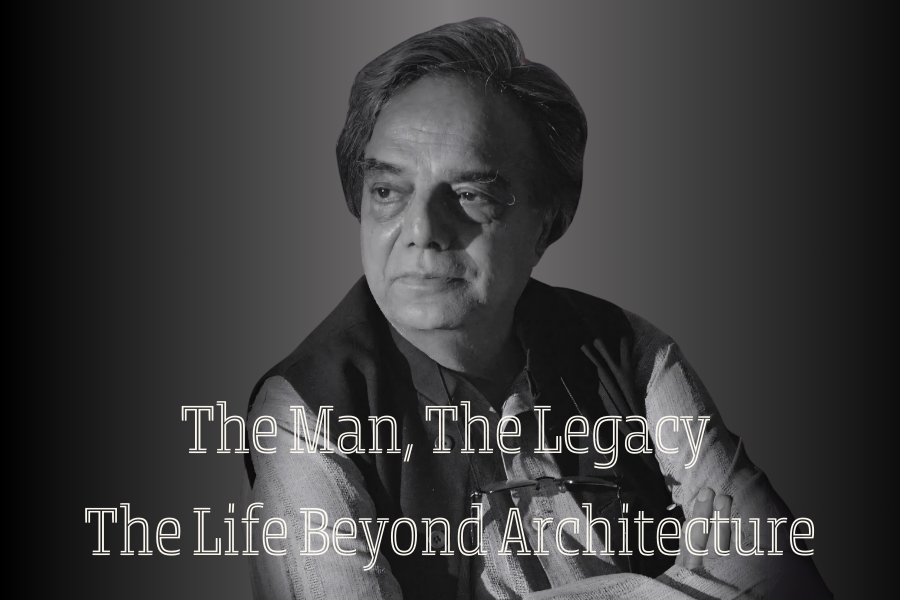
Minimalist Architecture Design "Exploring the Origins and Evolution of Minimalist Architecture"
Minimalist architecture is a style of design that emphasizes simplicity and the use of minimal elements. This approach to architecture is characterized by the use of clean lines, unornamented surfaces, and a focus on functionality.
Want to know the untold story of this topic? Let's uncover it together.
Minimalist architecture is often associated with modernism, a movement that emerged in the early 20th century and was characterized by the use of new materials, such as steel and glass, and a focus on functionality. Minimalist architecture is an extension of this idea, taking it a step further by stripping away any unnecessary or decorative elements and focusing solely on the essentials.
One of the key principles of minimalist architecture is the idea that "form follows function." This means that the design of a building should be based on its intended purpose, rather than being driven by aesthetics or decorative elements. This can result in buildings that are highly efficient and easy to use.
As a result, minimalist architecture often has a sleek, modern appearance, with a strong emphasis on creating a sense of order and clarity, and allows the materials and structure of the building to speak for themselves. Minimalist architecture also often uses a limited color palette, with white and neutral colors being common choices.
In minimalist architecture, materials are often left exposed, such as concrete, steel, and glass. There is also a focus on simplicity and honesty in the use of materials, with an emphasis on their inherent qualities rather than any applied finishes. As a result, minimalist architecture often has a raw, industrial feel.
Minimalist architecture is often associated with modernism, but it can also be found in contemporary design. It can be seen in a variety of building types, including residential, commercial, and institutional buildings.
Some notable examples of minimalist architecture include the Glass House by Philip Johnson in 1949, the Yokohama International Port Terminal by Foreign Office Architects in 1995, and the 21st Century Museum of Contemporary Art in Kanazawa Japan, designed by Japanese architects Kazuyo Sejima and Ryue Nishizawa of the architectural office SANAA in 2004
Overall, minimalist architecture is a style of design that emphasizes simplicity, functionality, and the use of minimal elements.
How Minimalist Design Idea Emerged?
Minimalist architecture emerged as a style in the mid-20th century, and was influenced by a number of different movements and philosophies. One of the key influences on minimalist architecture was modernism, a movement that emerged in the early 20th century and was characterized by the use of new materials, such as steel and glass, and a focus on functionality.
Minimalist architecture was also influenced by the Bauhaus movement, which was a school of design founded in Germany in 1919. The Bauhaus movement emphasized the importance of form following function, and was a key influence on minimalist architecture.
Hire Best Architects for your construction project in Pakistan. Click to create Project Inquiry.
In addition, minimalist architecture was influenced by the ideas of the International Style, which was a movement that emerged in the 1920s and was characterized by the use of simple, geometric forms and a focus on functionality. The International Style was influential in shaping the modernist movement, and its ideas had a significant impact on the development of minimalist architecture.
Overall, minimalist architecture was influenced by a variety of movements and philosophies, including modernism, the Bauhaus movement, and the International Style. These movements emphasized the importance of simplicity, functionality, and the use of minimal elements, and had a significant impact on the development of minimalist architecture as a style.
Notable Architects and Firms Practicing Minimalist Design Around the World
There are many well-known architects who have proponent minimalist design in their work. Some examples include:
Ludwig Mies van der Rohe:
Mies van der Rohe was a German architect who was a leading figure in the modernist movement and a key proponent of minimalist architecture. His work is characterized by the use of clean lines, simple forms, and a focus on functionality. Some of his notable projects include the Seagram Building in New York and the Barcelona Pavilion in Spain.
Le Corbusier:
Le Corbusier was a Swiss-French architect who was also a key figure in the modernist movement. His work is characterized by the use of geometric forms, clean lines, and a focus on functionality. Some of his notable projects include the Unite d'Habitation in Marseille, France and the National Museum of Western Art in Tokyo, Japan.
John Pawson:
John Pawson is a British architect and designer who is known for his minimalist design approach. His work is characterized by the use of simple forms, a limited color palette, and a focus on functionality. Some of his notable projects include the Calvin Klein flagship store in New York and the Cistercian Monastery of Nova Scriva in the Czech Republic.
Tadao Ando:
Tadao Ando is a Japanese architect who is known for his minimalist design approach and the use of concrete in his buildings. His work is characterized by the use of clean lines, simple forms, and a focus on functionality. Some of his notable projects include the Church of the Light in Osaka, Japan and the Pulitzer Foundation for the Arts in St. Louis, Missouri.
SANAA:
SANAA is a Japanese architectural firm founded by architects Kazuyo Sejima and Ryue Nishizawa. The firm is known for its minimalist design approach and the use of simple forms and clean lines in its buildings. Some of their notable projects include the 21st Century Museum of Contemporary Art in Kanazawa, Japan and the New Museum in New York.
Richard Meier:
Richard Meier is an American architect known for his minimalist design approach and the use of white as a dominant color in his buildings. His work is characterized by the use of clean lines, simple forms, and a focus on functionality. Some of his notable projects include the Getty Center in Los Angeles and the Barcelona Museum of Contemporary Art in Spain.
Peter Zumthor:
Peter Zumthor is a Swiss architect known for his minimalist design approach and the use of traditional materials in his buildings. His work is characterized by the use of simple forms, clean lines, and a focus on functionality. Some of his notable projects include the Therme Vals in Switzerland and the Kunsthaus Bregenz in Austria.
James Ramsey:
James Ramsey is an American architect and engineer known for his minimalist design approach and the use of sustainable design principles in his buildings. His work is characterized by the use of clean lines, simple forms, and a focus on functionality. Some of his notable projects include the Lowline, a proposed underground park in New York, and the Solar Umbrella, a solar-powered lighting system for public spaces.
Steven Holl:
Steven Holl is an American architect known for his minimalist design approach and the use of light in his buildings. His work is characterized by the use of clean lines, simple forms, and a focus on functionality. Some of his notable projects include the Linked Hybrid complex in Beijing, China and the CH2 building in Melbourne, Australia.
David Chipperfield:
David Chipperfield is a British architect known for his minimalist design approach and the use of traditional materials in his buildings. His work is characterized by the use of clean lines, simple forms, and a focus on functionality. Some of his notable projects include the Neues Museum in Berlin, Germany and the Royal Academy of Arts in London, England.
In Summary:
These architects and firms have created a wide range of minimalist projects, including residential, commercial, and cultural buildings, all of which showcase the simplicity and functionality of this design approach. Overall, minimalist design is a style that has gained widespread popularity in recent years and is likely to continue to be embraced by architects and designers around the world.





